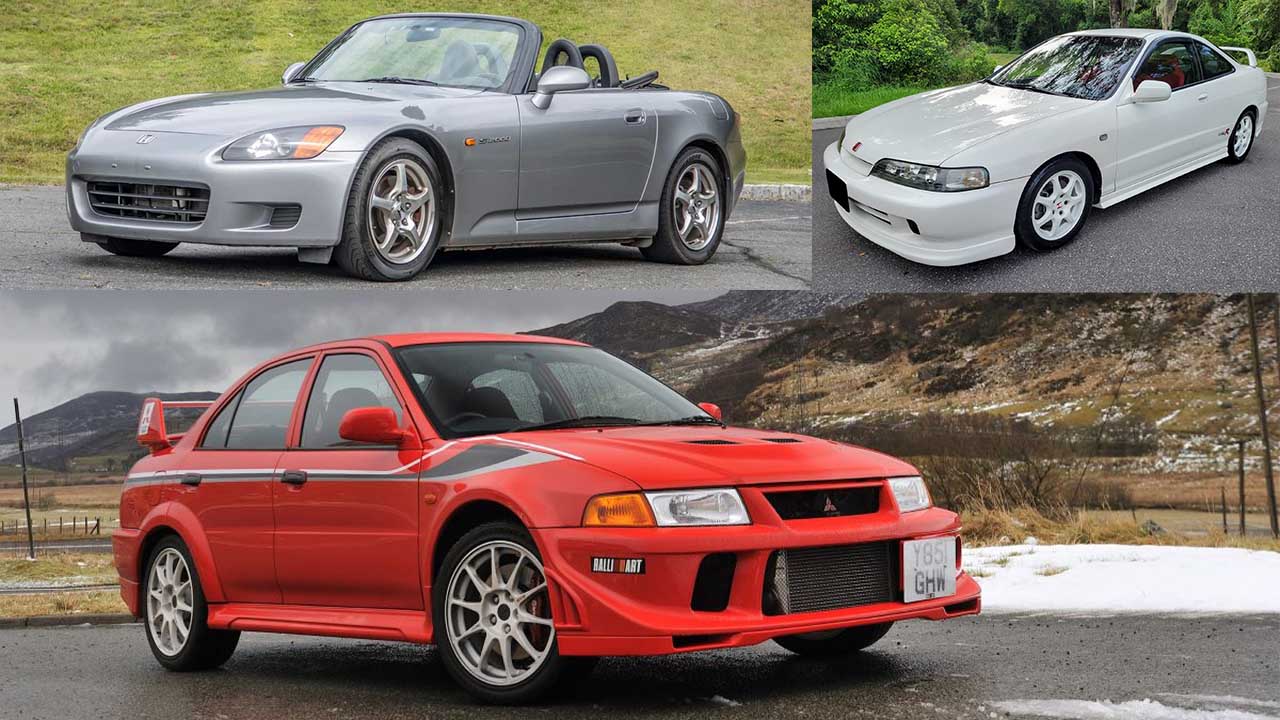Japanese cars have long held the crown when it comes to reliable performance. This reputation largely stems from the unique production methods and design philosophies embraced by Japanese automakers.
Some models have become legendary not just for their dependability but also for delivering serious performance.
When it comes to buying a sports car, reliability becomes a crucial factor. No one wants to spend a fortune on repairs or lose valuable driving time due to mechanical issues.
While supercars often sacrifice reliability for extreme power output making them more like collector’s toys sports cars that are built for regular driving and spirited fun must strike a balance.
Japanese sports cars have managed to do just that. Here are some of the most reliable Japanese sports cars ever made.
10. Toyota Celica GT-FOUR (ST185)
As much as the Celica is hailed as the ultimate driver’s car, it comes with great reliability for a forced induction engine. The 3S-GTE straight-four is used across all three generations of the Toyota Celica.
For the ST185, Toyota added an air-to-air intercooler, a more aggressive tune, and a ceramic turbine turbocharger.
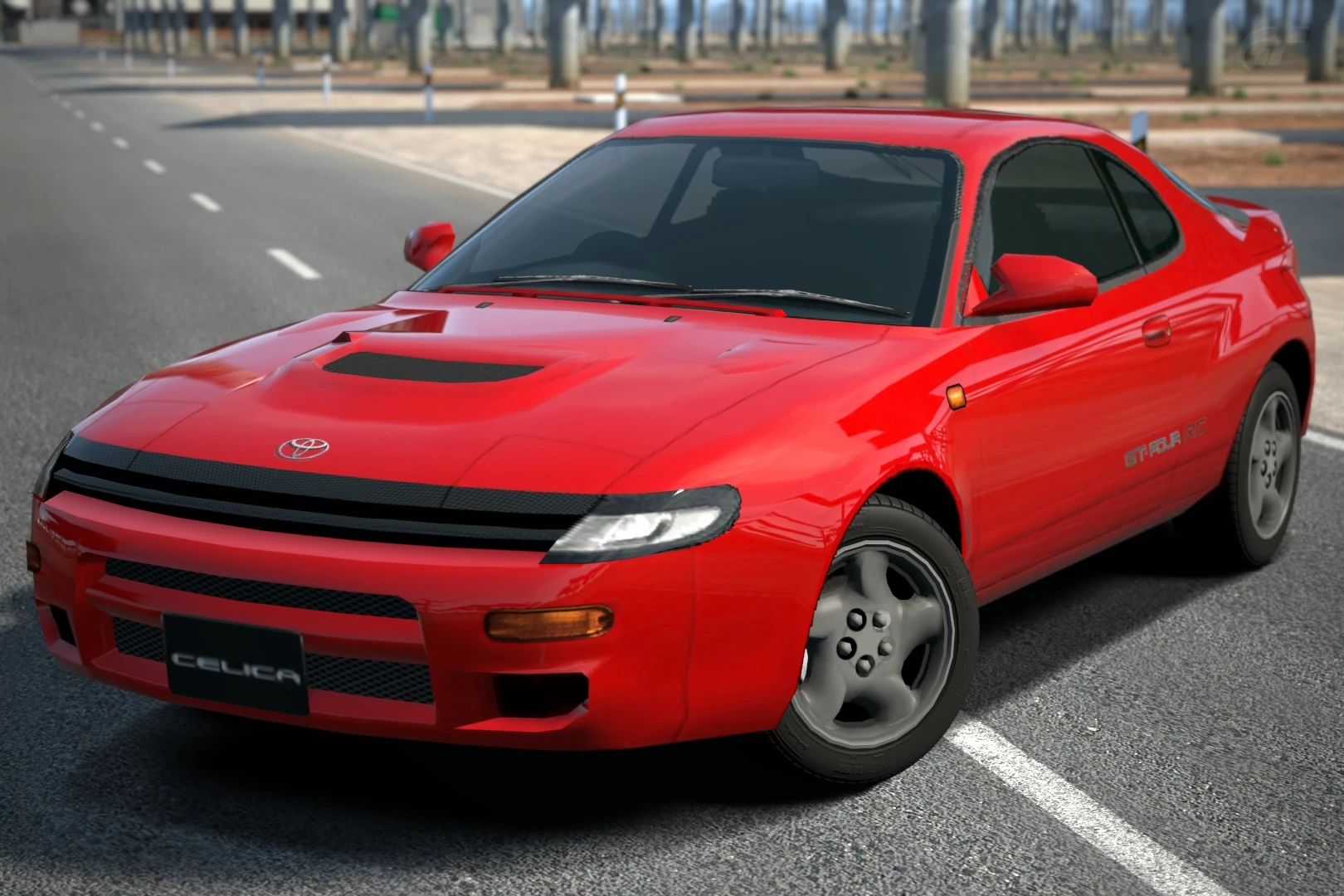
In terms of reliability, it all depends on how hard you drive your car. The gear synchros will wear at around 120000 mi, which is an expensive and labor-intensive job, usually the third and second gear.
If you choose to run higher than factory boost pressure, be prepared to replace head gaskets or upgrade internal components.
9. Nissan Skyline GT-R R34
The Skyline needs no introduction. The twin-turbo straight-six RB26DETT engine makes 280hp (possibly 330). Nissan designed the Skyline R34 for track purposes.
A cast iron block and forged internals mean with simple bolt-ons, it can easily exceed 400hp. Because of this, the car is extremely reliable at stock power.
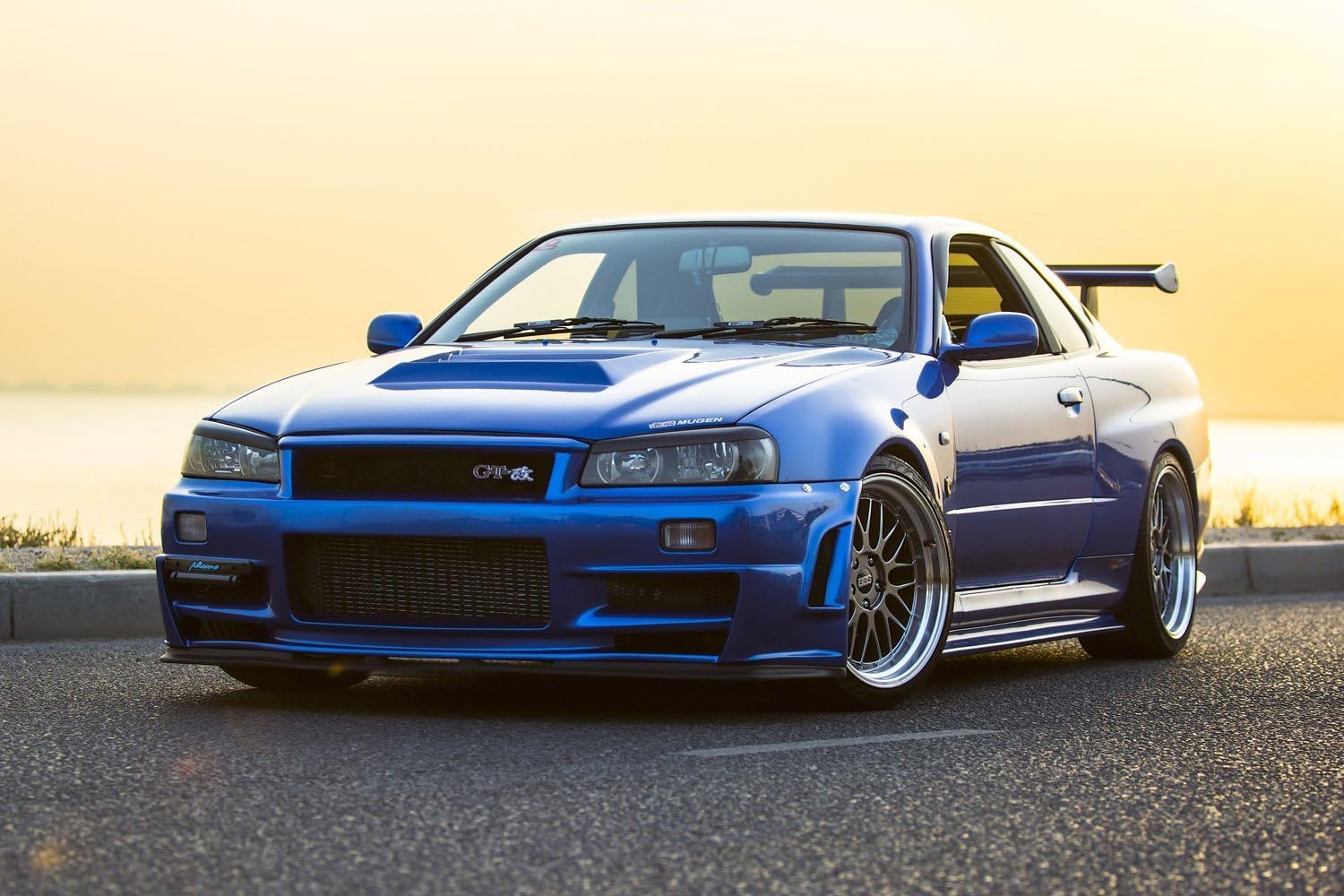
A water-cooled ceramic turbocharger and individual throttle bodies add to the reliability. The only thing to look out for when purchasing an R34 is rust. As of 2023, the car is approaching 25 years.
Check the boot floor, taillights, and under the fender flares for any signs of rust on the car.
Also Read: Top 10 Cars With the Best Cooling Systems for Long-Lasting Engines
8. Honda Civic Type-R (FN2)
The final naturally aspirated Type-R model. It may not be the fastest, most powerful, or best-handling Type-R ever made. However, as you climb toward 8000 RPM, you’ll be reminded exactly why you chose this car.
Aside from the usual upgrade to a catch can that most direct injection engines benefit from, the FN2 Type-R maintains strong reliability.
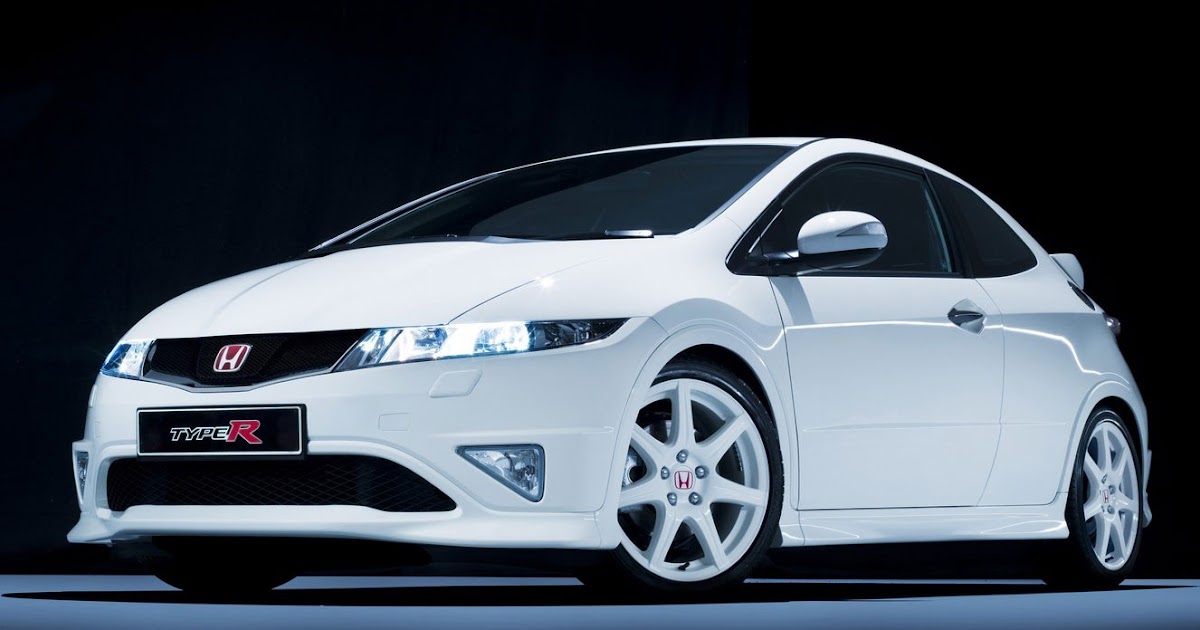
The K20 straight-four engine is known as one of the most dependable powertrains available. Without forced induction, the motor is capable of surpassing 20000 mi with ease even with subpar maintenance.
That said, the timing chain is a component you’ll want to replace sooner rather than later. As the vehicle ages, a fresh respray may also be necessary to restore its appearance.
7. Honda S2000 (AP1)
Here’s another incredibly reliable Honda. The S2000 remains one of the finest convertible sports cars ever built.
Producing 247 hp from its naturally aspirated 2.0-liter engine, it revs all the way up to 9000 RPM similar to the Formula One cars of its era. The engine, featuring an aluminum block and head, is known for its exceptional reliability.
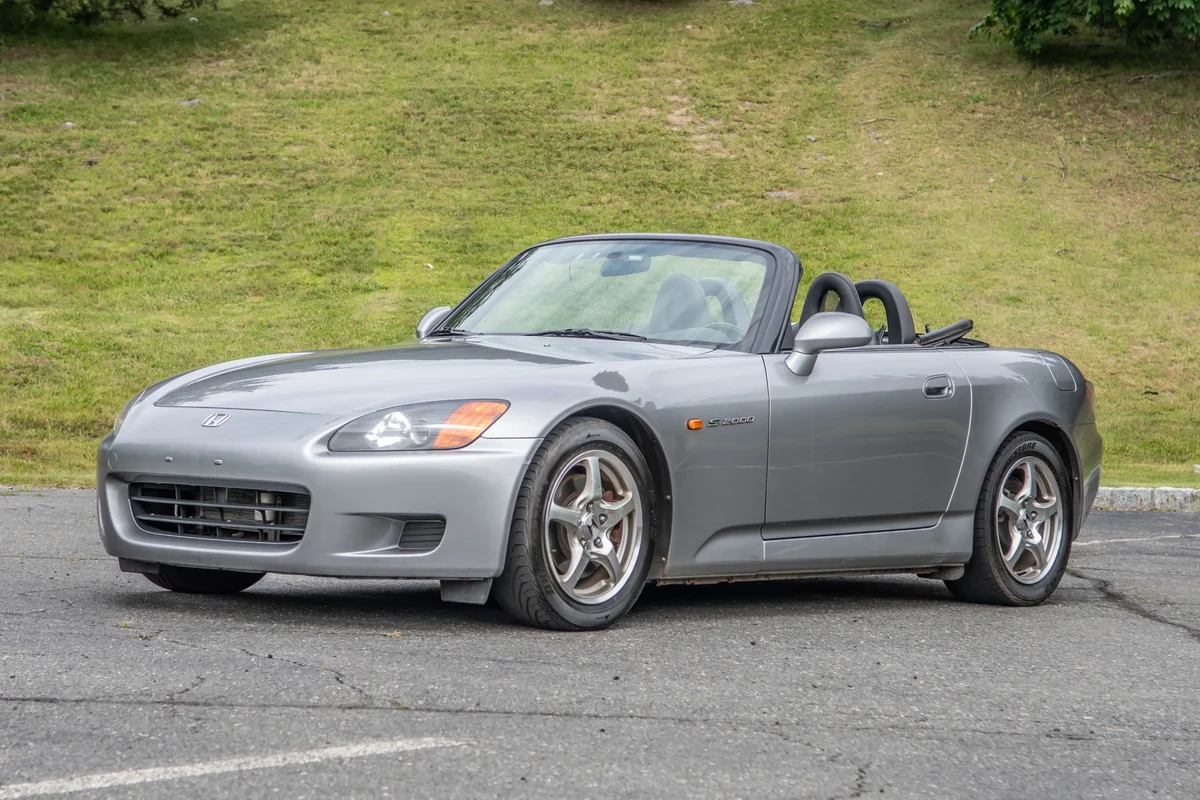
The transmission is equally dependable. The six-speed manual gearbox delivers both engaging driving dynamics and long-lasting durability.
With routine upkeep such as timely oil changes and clutch replacement around 120,000 mi, the S2000 will confidently exceed 20000 miles without issue.
The Honda S2000 (AP1) is a two-door, rear-wheel-drive sports car produced by Honda from 1999 to 2009. It was designed to be a high-performance roadster, offering an exhilarating driving experience with a focus on handling and precision.
The AP1 generation, which ran from 1999 to 2003, featured a 2.0L inline-four engine (F20C) that produced around 240 horsepower and 153 lb-ft of torque. This engine was known for its high-revving nature, with a redline of 8,800 rpm, offering an engaging and thrilling performance.
The S2000 also came with a 6-speed manual transmission, precise steering, and a near-perfect 50/50 weight distribution, making it a joy to drive on twisty roads and racetracks. The car’s chassis was designed with a double-wishbone suspension setup, providing superb handling capabilities.
Aesthetically, the S2000 had a sleek, low-profile design, featuring a long hood, short rear deck, and sharp, modern lines. Inside, the S2000 was minimalist, with a focus on driving, offering an intuitive layout for controls.
Its small size, lightweight build, and rear-wheel drive layout made it a driver’s car, but it also featured modern touches like an electronically controlled power-folding roof and advanced instrumentation.
The AP1 S2000 remains highly regarded for its performance, and despite being discontinued, it has earned a cult following for enthusiasts and collectors.
6. Mitsubishi Lancer Evolution VI
Among all the Evos, this might be the best one to consider purchasing. While the reliable 4G63 engine is featured in every Lancer Evolution model except for the X, Mitsubishi placed a significant emphasis on reliability when developing the sixth generation.
With the inclusion of a larger intercooler and upgraded pistons, the engine was made even more robust compared to previous iterations.
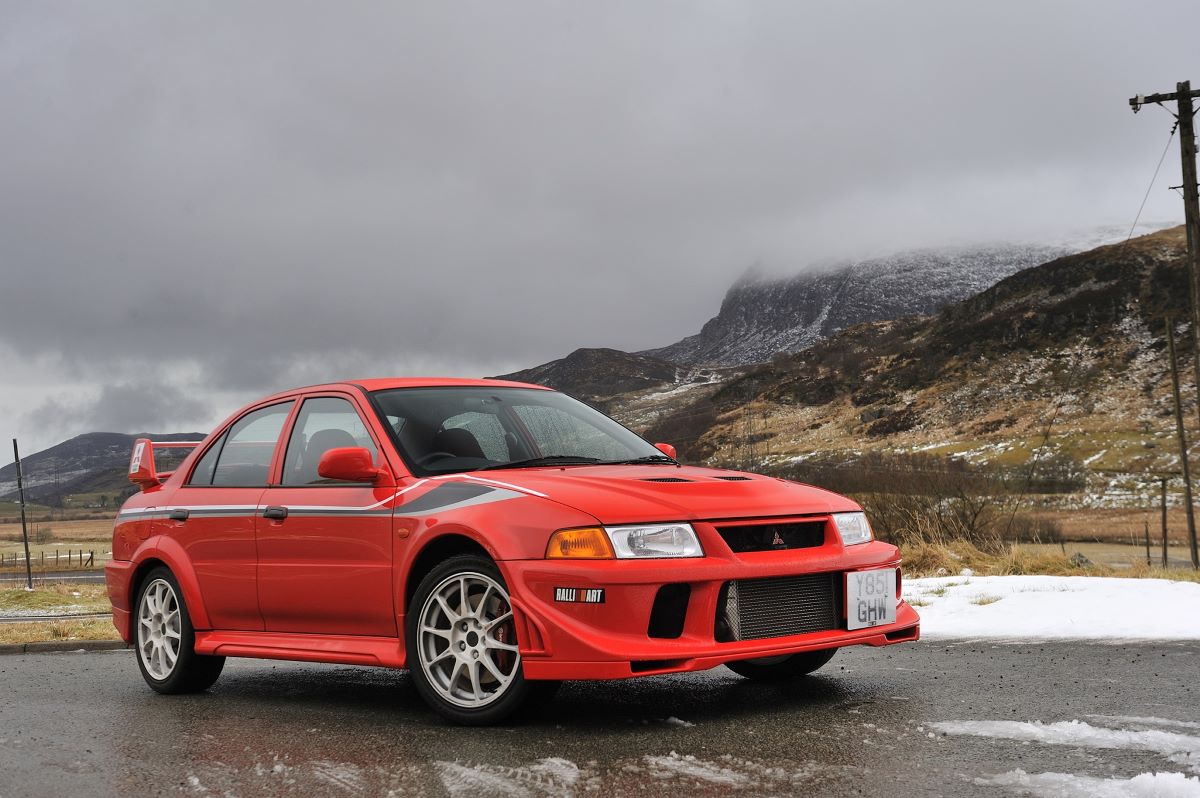
In terms of design, the car is quite minimalistic for a sports model. There’s a noticeable lack of complex electronics, allowing drivers to enjoy the experience without worrying about faulty components.
During that time, Mitsubishi’s involvement in rallying and the motorsport legacy of the Evo contributed to the durability of its chassis and suspension systems.
Also Read: 12 Classic Cars That Are Popular for DIY Restorations
5. Honda NSX
One of the rarest JDM vehicles ever made, spotting a Honda NSX is a privilege owning one even more so. Honda infused much of its Formula One expertise into the NSX.
Most of the advanced technology was channeled into the car’s aerodynamic design and refined driving dynamics.

Each NSX was hand-built by Honda’s expert technicians. The C30A V6 engine utilizes titanium connecting rods and oversized cylinder heads to ensure maximum reliability.
However, when it comes to reliability data, there’s not a wealth of information available since the majority of existing units have seen very limited road use.
4. Subaru Impreza WRX STI
There’s often a lot of discussion surrounding head gasket issues when it comes to Subaru vehicles. However, this problem is mainly the result of insufficient engine cooling.
Thankfully, it can be easily resolved by upgrading the radiator and installing a better intercooler. Additionally, this generation doesn’t suffer from the forced induction problems that affected later models.
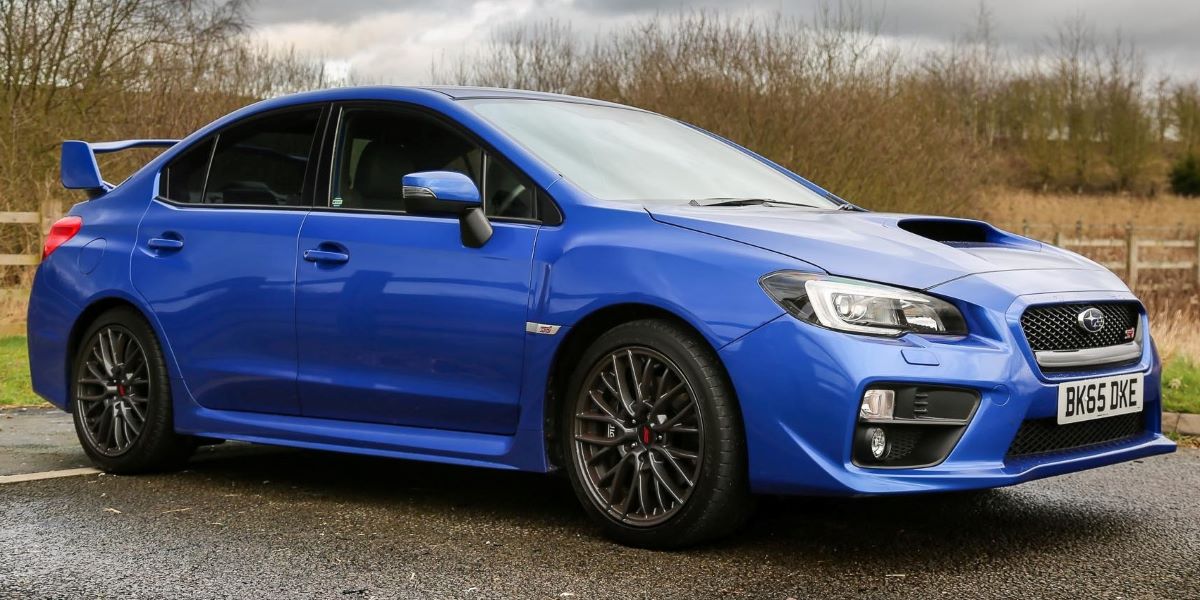
Aside from that easily manageable issue, the first-generation Impreza WRX STI proves to be dependable. It’s also an incredibly enjoyable car to drive and worth every bit of maintenance or repair it may require over the course of ownership.
3. Toyota Supra (A80)
The 2JZ-GE is widely regarded as one of the most reliable engines ever built. Within car enthusiast circles, it’s common knowledge that Toyota Supras can push beyond 1000 hp when equipped with forged internals.
In its naturally aspirated form, the cast-iron block delivers around 220 hp. The turbocharged variant includes twin turbochargers and boosts power to a solid 280 hp.
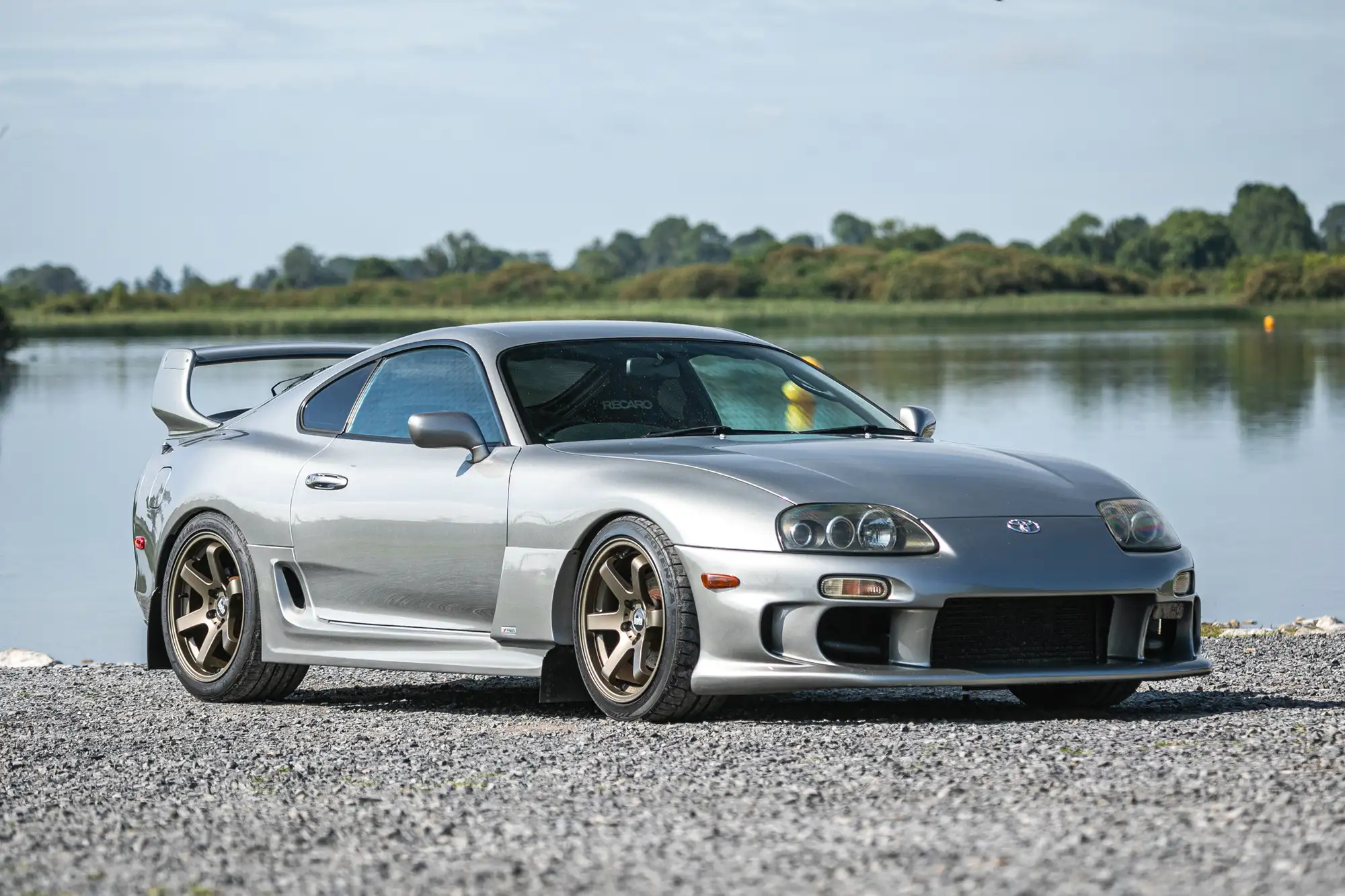
Finding an unmodified A80 Supra is increasingly rare. If you’re considering purchasing one, it’s important to review all modifications made to the powertrain and suspension systems.
It’s not uncommon to find the original transmission paired with an upgraded engine, which can impact long-term reliability. However, when the transmission is matched with the original engine, the car remains highly dependable.
2. Suzuki Cappuccino
Out of all the sports cars featured on this list, the Cappuccino stands out as the most understated. Powered by a 600cc DOHC three-cylinder engine producing 64 hp, it weighs only 1600 lbs.
You might recognize this car from Gran Turismo, where it was often used during the infamous license tests.
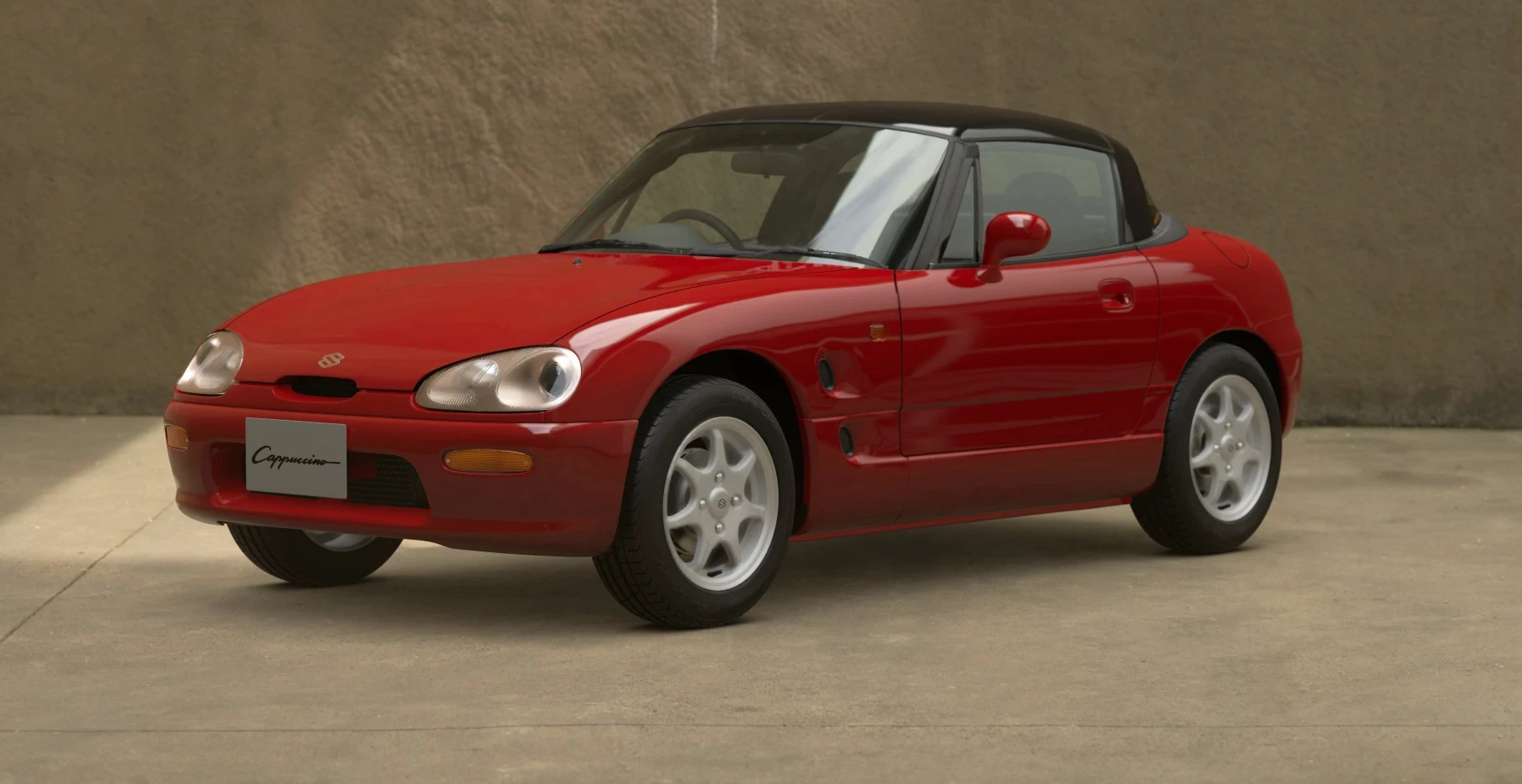
Thanks to import regulations, as of 2023, this car can be brought into the United States for a very low cost. Later versions of the Cappuccino were fitted with a double wishbone suspension to enhance driving dynamics.
The tiny engine proves to be extremely dependable, largely due to its small size and modest power output. However, if you’re thinking about importing one, be sure to check for rust beforehand.
1. Acura Integra Type R
Arguably one of the best front-wheel drive cars ever built. The Acura Integra Type R perfectly embodies VTEC and everything that Honda represented during that era.
The third generation was the first to receive the Type R designation Honda’s mark of high performance. But it wasn’t merely a rebranding.
The car came equipped with enhanced suspension, upgraded internals, and reduced weight, allowing the 195 hp engine to perform beyond expectations.
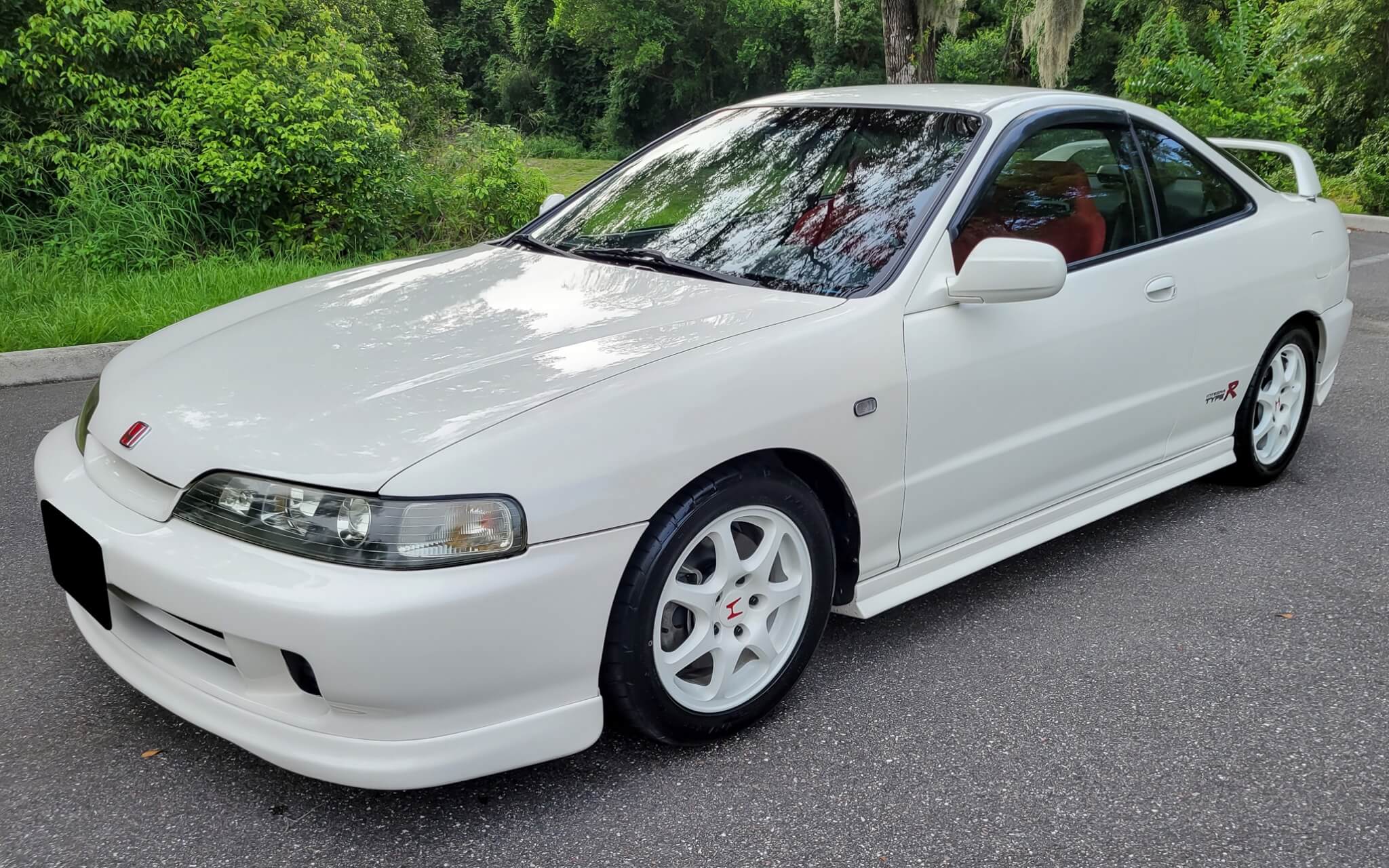
When it comes to reliability, most people simply say, “it’s a Honda.” The B18 engine essentially paved the way for the K20. With its high-revving capabilities and aluminum construction, it offers better heat dissipation compared to engines made from other materials.
While the stock clutch may not be the strongest, most owners have already replaced it with a stage 3 clutch for improved performance.

